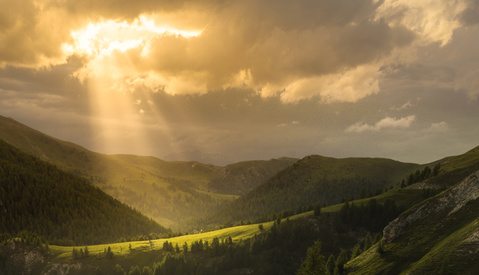Why We Should Return to Places in Landscape Photography
Landscape photography brings us to the most beautiful places all over the world and there are so many of them out there, that it is impossible to visit them all in one lifetime. There is no obvious reason to return to places we have visited already, but as a pro landscape photographer with more than 30 years of experience, I do it again and again, returning to places for photography.


















